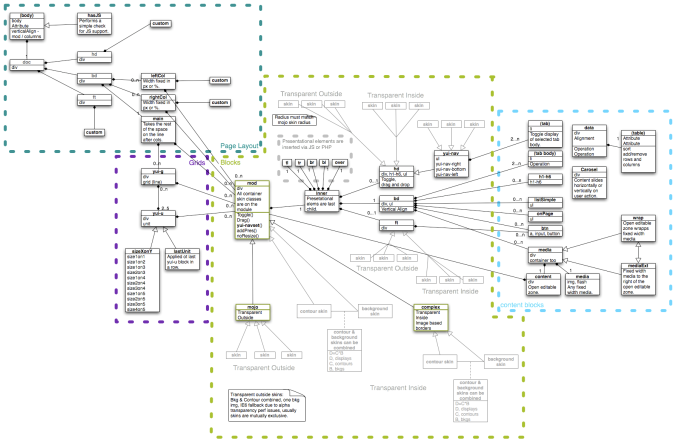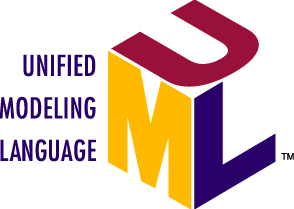Let´s check what UML means and what we can do with it:
UML helps you specify, visualize, and document models of software systems, including their structure and design, in a way that meets all of these requirements. (You can use UML for business modeling and modeling of other non-software systems too.)
You can model just about any type of application, running on any type and combination of hardware, operating system, programming language, and network, in UML. Its flexibility lets you model distributed applications that use just about any middleware on the market. Built upon fundamental OO concepts including class and operation, it’s a natural fit for object-oriented languages and environments such as C++, Java, and the recent C#, but you can use it to model non-OO applications as well in.
Things that can help modeling in UML:
Structure Diagrams include the Class Diagram, Object Diagram, Component Diagram, Composite Structure Diagram, Package Diagram, and Deployment Diagram.
Behavior Diagrams include the Use Case Diagram (used by some methodologies during requirements gathering); Activity Diagram, and State Machine Diagram.
Interaction Diagrams, all derived from the more general Behavior Diagram, include the Sequence Diagram, Communication Diagram, Timing Diagram, and Interaction Overview Diagram.
Steps to do UML:
1) Select a methodology: There are many methodologies, each differing in some way or ways from the others. There are many reasons why one methodology may be better than another for your particular project.
2) Select a UML Development Tool: Because most (although not all) UML-based tools implement a particular methodology, in some cases it might not be practical to pick a tool and then try to use it with a methodology that it wasn’t built for. But, some methodologies have been implemented on multiple tools so this is not strictly

3) Get Training: You and your staff will need training in UML. It’s best to get training that teaches how to use your chosen tool with your chosen methodology, typically provided by either the tool supplier or methodologist.

